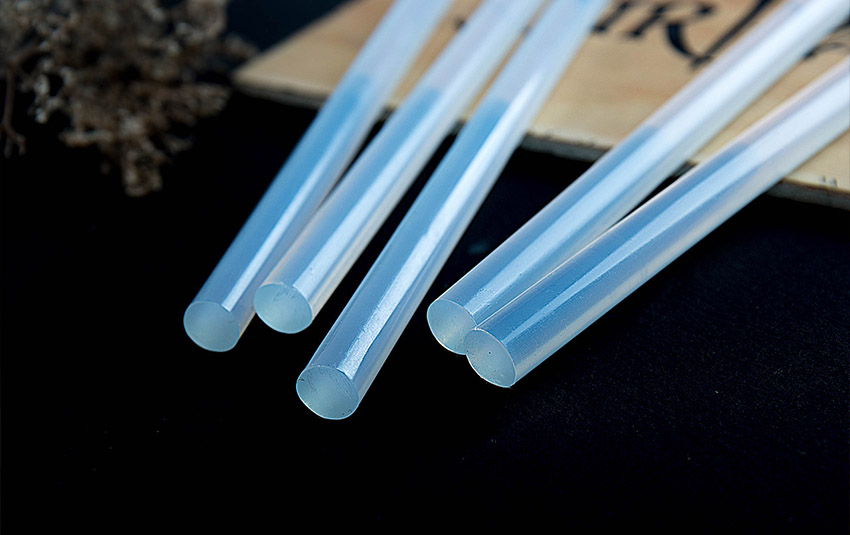What are the primary mechanisms involved in the adhesion of adhesives to Thermoplastic Elastomers (TPEs)?
The adhesion of adhesives to Thermoplastic Elastomers (TPEs) involves several primary mechanisms, including:
Mechanical Interlocking: In this mechanism, the adhesive penetrates into the surface irregularities of the TPE substrate, forming microscopic mechanical interlocks. These interlocks increase the surface area of contact between the adhesive and the substrate, enhancing adhesion strength.
Diffusion: Some adhesives have molecules that can diffuse into the surface layers of the TPE substrate. This diffusion allows the adhesive to establish intimate contact with the substrate on a molecular level, forming strong adhesive bonds.
Chemical Bonding: Certain adhesives are capable of forming chemical bonds with functional groups present on the surface of the TPE substrate. These chemical bonds can include covalent bonds, hydrogen bonds, or ionic bonds, which contribute to the adhesion strength between the adhesive and the TPE.
Wetting and Spreading: Adhesives with low surface tension can wet and spread over the surface of the TPE substrate, effectively covering the entire surface area. This process promotes intimate contact between the adhesive and the substrate, maximizing the adhesive bonding area.

Surface Activation: Surface activation techniques such as plasma treatment or corona discharge can modify the surface chemistry of TPE substrates, increasing their surface energy and promoting adhesion. These treatments create reactive sites on the TPE surface that facilitate bonding with the adhesive.
Adhesion Promoters: Adhesion promoters or primers can be applied to TPE substrates to enhance adhesion by promoting adhesion mechanisms such as mechanical interlocking, chemical bonding, or surface wetting. These promoters improve the compatibility between the adhesive and the substrate, leading to stronger adhesive bonds.
Combinations of Mechanisms: In many cases, the adhesion of adhesives to TPEs involves a combination of multiple mechanisms. For example, a particular adhesive may rely on both mechanical interlocking and diffusion to achieve strong bonding with the TPE substrate.
Understanding these primary mechanisms of adhesion is essential for selecting the most suitable adhesive formulation and surface preparation techniques to achieve reliable and durable bonding between adhesives and TPE substrates in various applications.





